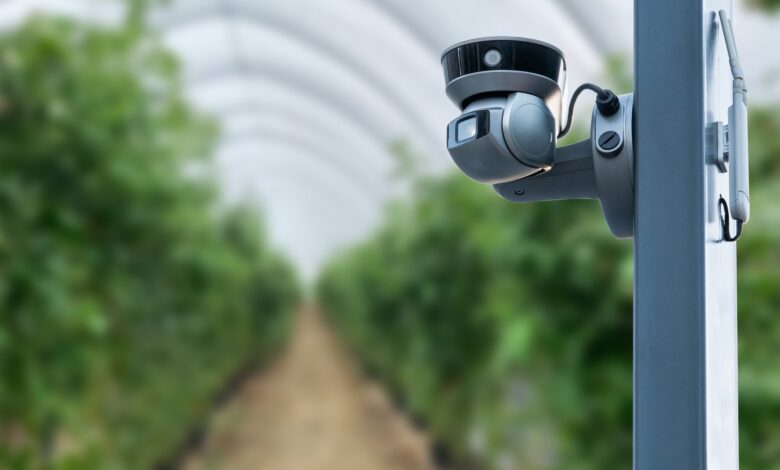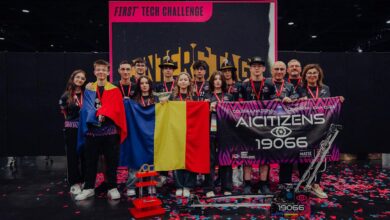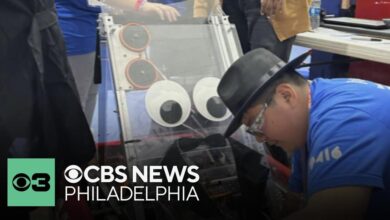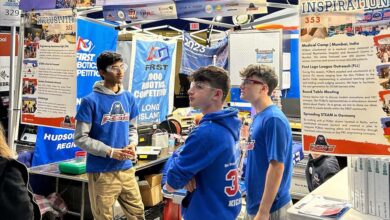Low-Cost Robotic Camera for Greenhouse Plant Monitoring

In a recent article published in the journal Future Internet, researchers proposed a low-cost linear robotic camera system specifically designed to automatically capture images of plants growing within a greenhouse. Their system aims to streamline plant growth monitoring and data analysis for researchers and growers interested in precision agriculture and plant phenotyping.
Background
Precision agriculture revolutionizes crop production by harnessing technology and data to optimize resource management and crop yield. One of the key applicatiions of this approach is plant growth monitoring, which involves analyzing plant physiological responses to environmental factors. This monitoring enhances crop quality, productivity, and resilience while minimizing resource usage and environmental impact.
Computer vision is a pivotal tool in plant growth monitoring, employing cameras and image analysis algorithms to glean insights from plant images. This method offers non-invasive, high-throughput, and precise measurements of traits like leaf area, biomass, color, shape, and health status. However, challenges persist, including the necessity for extensive and diverse image datasets, variations in lighting and backgrounds, the complexity of image analysis, and the costs associated with imaging equipment procurement and maintenance.
About the Research
In this paper, the authors designed and implemented a low-cost, one-degree-of-freedom (1-DOF) linear robotic camera system tailored to capture top-view images of plants growing inside a greenhouse environment. Their setup consists of a 3.5-meter aluminum rail supported by two tripods, along with a carriage platform propelled by a stepper motor and timing belt mechanism.
Additionally, the system incorporates a stereo universal serial bus (USB) camera module complete with red-green-blue (RGB) and infrared (IR) sensors, two infrared light-emitting diode (IR LED) boards, an LED strip, two distance sensors, two limit switches, and a Raspberry Pi 4 serving as the central controller. To safeguard against environmental elements, a water-resistant plywood box cover encases the components.
The device is designed to monitor plants growing in plastic pots arranged linearly along the rail. Leveraging color segmentation and contour analysis algorithms, it adeptly detects and pinpoints the plants, subsequently capturing high-resolution images using the camera module.
Moreover, it measures the distance of each plant from the camera using the distance sensors and adjusts the illumination of the LEDs according to the ambient light conditions. Data and images can be stored locally on the Raspberry Pi or transmitted to a remote location via Wi-Fi.
The researchers meticulously evaluated the system’s performance across several metrics, encompassing movement precision and consistency, plant identification and localization proficiency, and image quality and resolution. Through experiments conducted with lettuce plants, both in controlled laboratory settings and within the greenhouse, they compared outcomes with manual measurements and established ground truth data. Moreover, they discussed the limitations and future improvements of the system, such as the integration of more sensors, the implementation of more advanced image processing and machine learning algorithms, and the extension of the system to other plant species and cultivation systems.
Research Findings
The outcomes showed that the system achieved commendable levels of accuracy and repeatability in its linear movement, with an average error of less than 1 mm and a standard deviation of less than 0.5 mm. Furthermore, it exhibited exceptional precision in plant identification and localization, achieving a flawless success rate of 100% in laboratory conditions and an impressive 97.5% in the greenhouse.
The system reliably captured clear and detailed plant images, with a resolution of 2 MP and a scale of approximately 0.1 mm/pixel. Additionally, it excelled in measuring the distance between plants and the camera, with an average error of less than 10 mm and a standard deviation of under 5 mm.
Applications
The developed system holds promise for various applications related to plant growth monitoring and data analysis in greenhouses and other cultivation systems. The following are some potential uses of the system:
- Tracking the growth and development of plants throughout their life cycle, enabling comparisons between different cultivars, treatments, or environmental conditions.
- Detecting and diagnosing plant diseases, pests, and stress symptoms through the analysis of RGB and IR images and spectral indices.
- Estimating and predicting plant yield, quality, and maturity by leveraging image features and machine learning models.
- Optimizing and automating the management of irrigation, fertilization, ventilation, and harvesting based on the data and feedback gathered from the plants.
- Enhancing education and research in the domains of precision agriculture, plant phenotyping, and computer vision.
Conclusion
In summary, the newly developed camera system demonstrated effectiveness and cost-efficiency in automatically capturing images of greenhouse-grown plants, thereby facilitating plant growth monitoring and data analysis. It showed promising results in terms of movement accuracy, plant identification, image quality, and distance measurement. Overall, it has the potential to significantly contribute to the advancement and sustainability of the agricultural industry.
Moving forward, the researchers acknowledged limitations and proposed directions for future work. They suggested enhancing system accuracy and robustness with advanced sensors like light detection and ranging (LiDAR) for more precise distance measurements and plant localization. Additionally, they recommended expanding the system’s functionality and integration with other smart agricultural technologies, such as drones, the Internet of Things (IoT), and cloud computing, to broaden its applicability and impact.
Journal Reference
Kamarianakis, Z.; Perdikakis, S.; Daliakopoulos, I.N.; Papadimitriou, D.M.; Panagiotakis, S. Design and Implementation of a Low-Cost, Linear Robotic Camera System, Targeting Greenhouse Plant Growth Monitoring. Future Internet 2024, 16, 145. https://doi.org/10.3390/fi16050145, https://www.mdpi.com/1999-5903/16/5/145.



